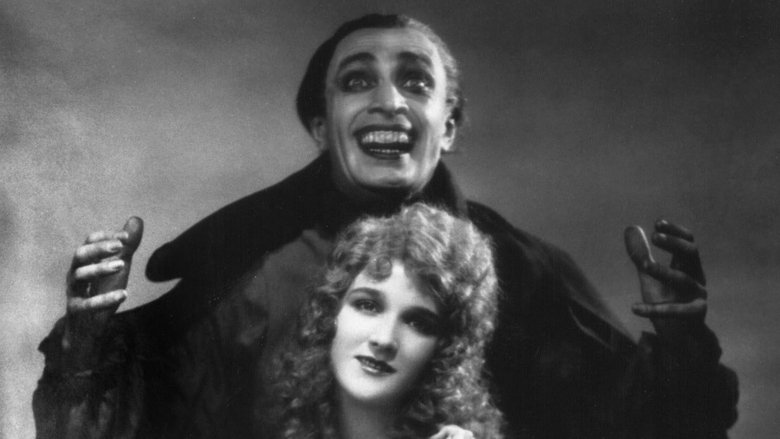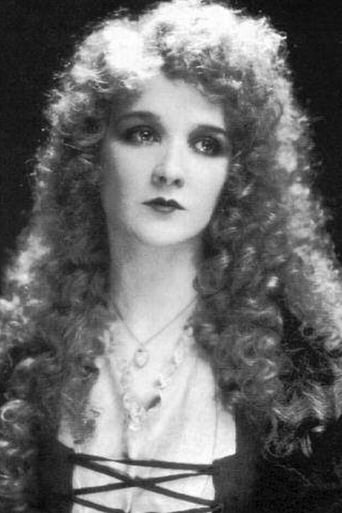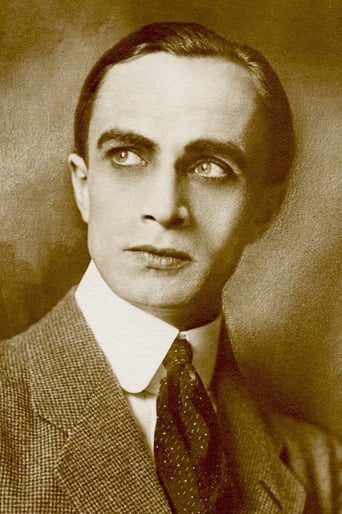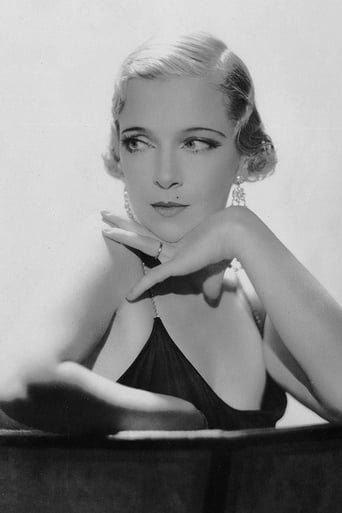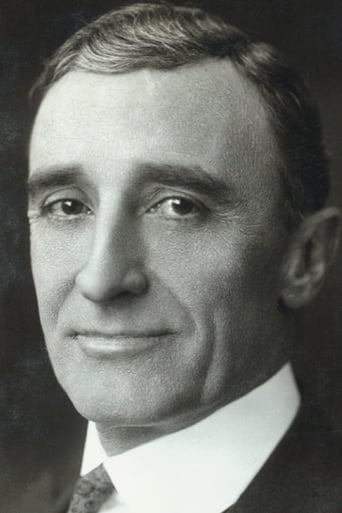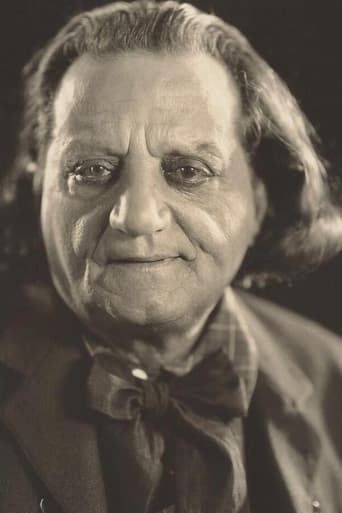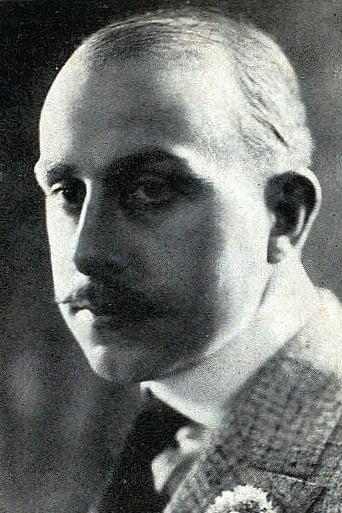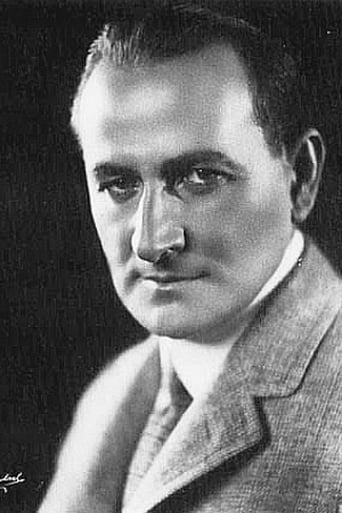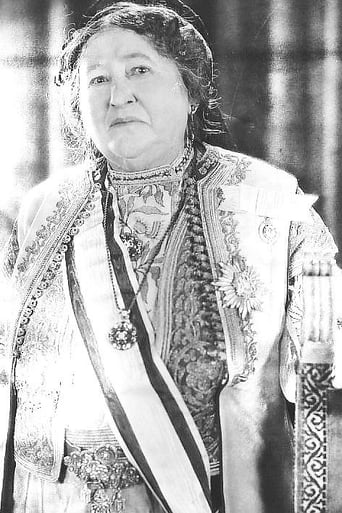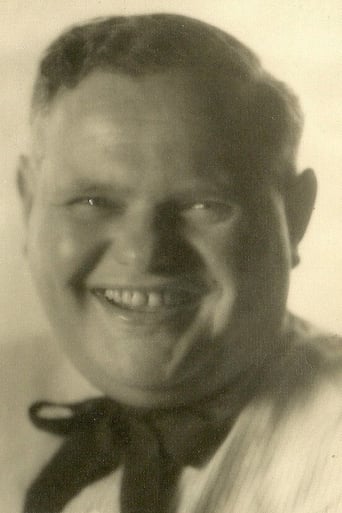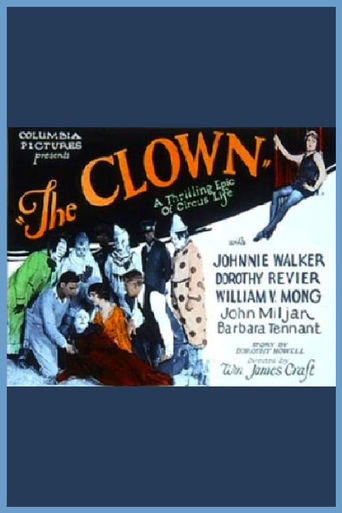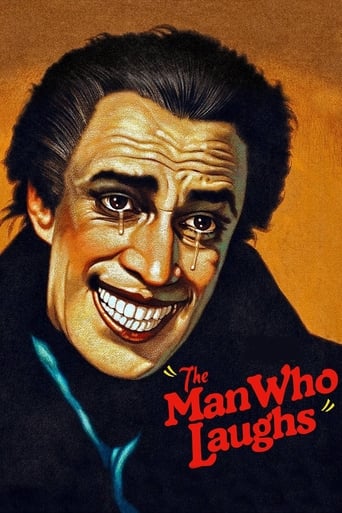
Gwynplaine, son of Lord Clancharlie, has a permanent smile carved on his face by the King, in revenge for Gwynplaine's father's treachery. Gwynplaine is adopted by a travelling showman and becomes a popular idol. He falls in love with the blind Dea. The king dies, and his evil jester tries to destroy or corrupt Gwynplaine.
Similar titles
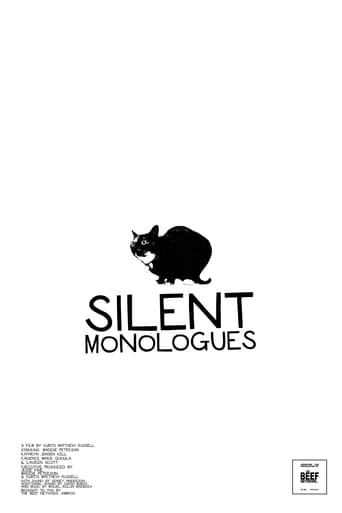
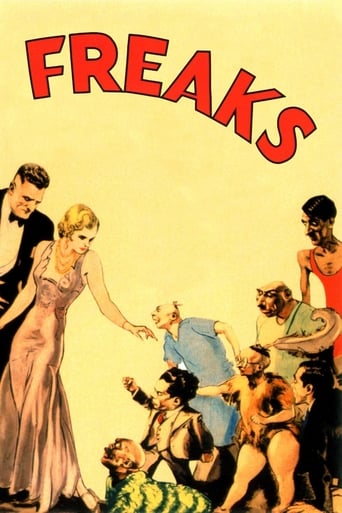
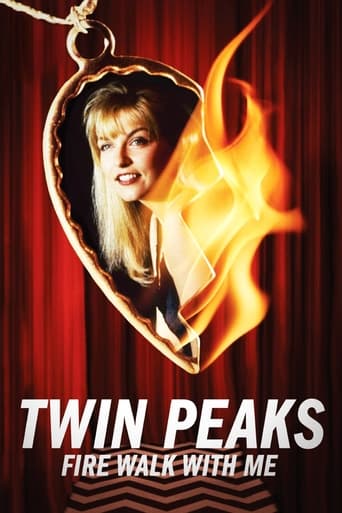
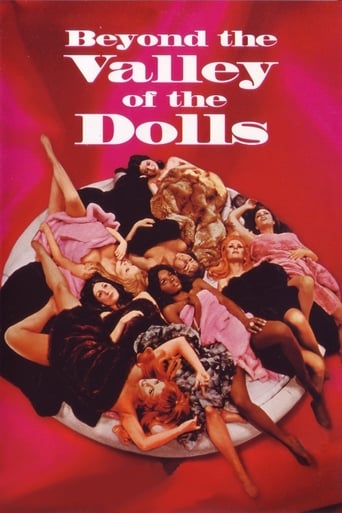
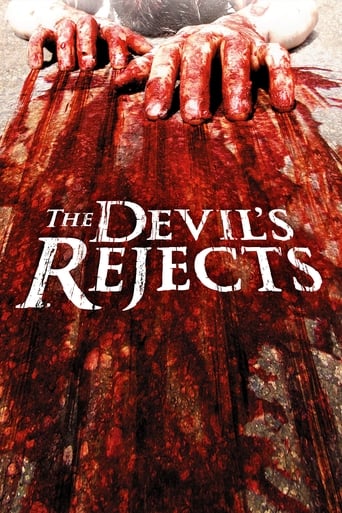
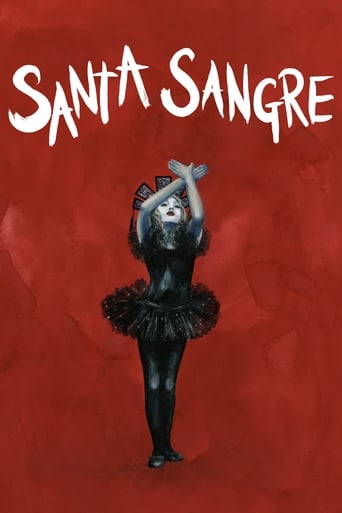
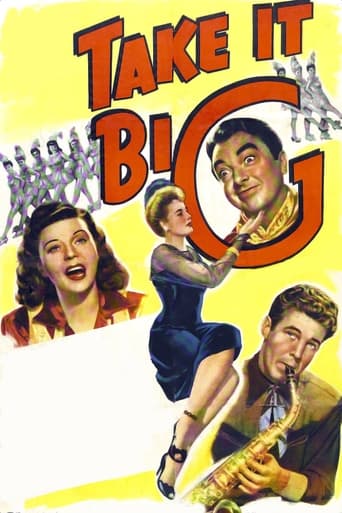
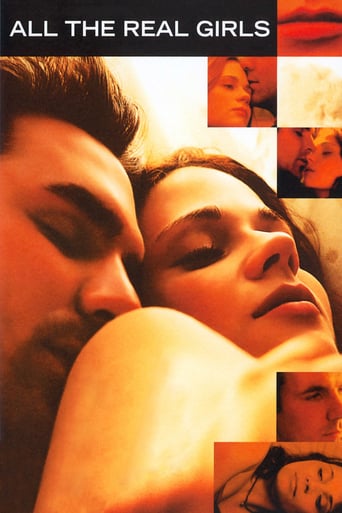
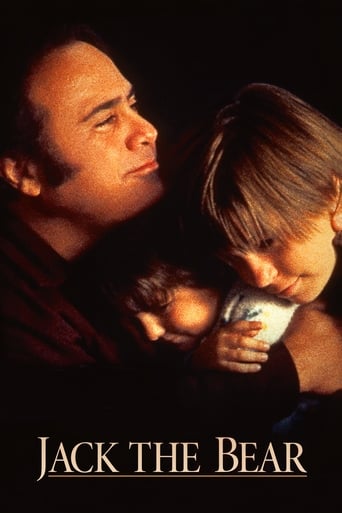
You May Also Like
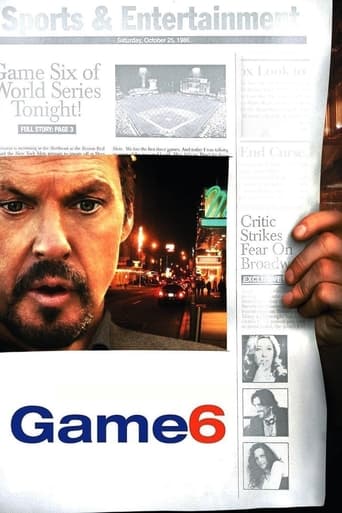
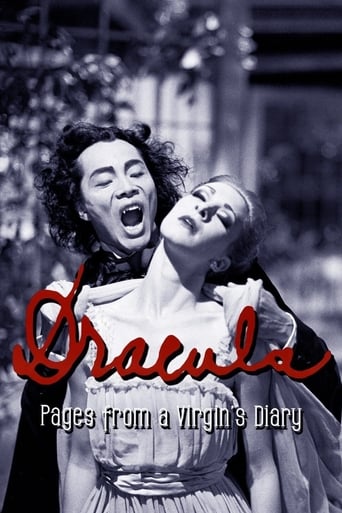
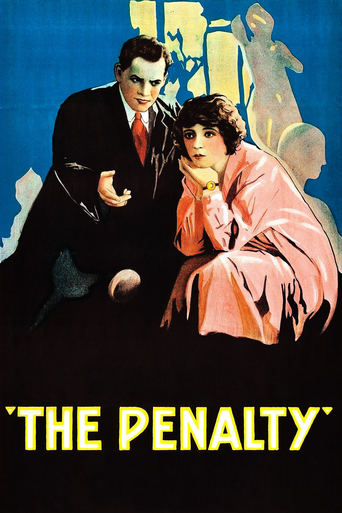
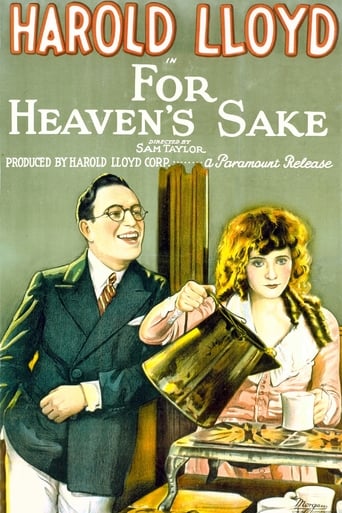
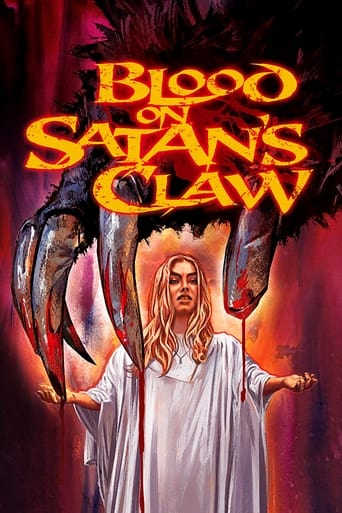
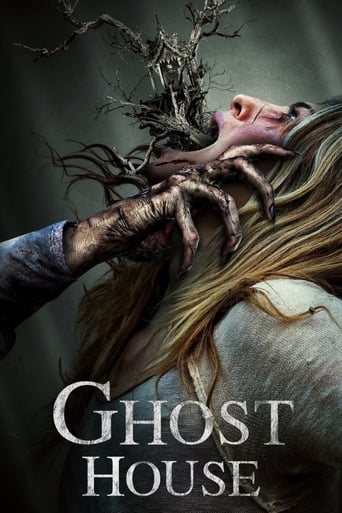
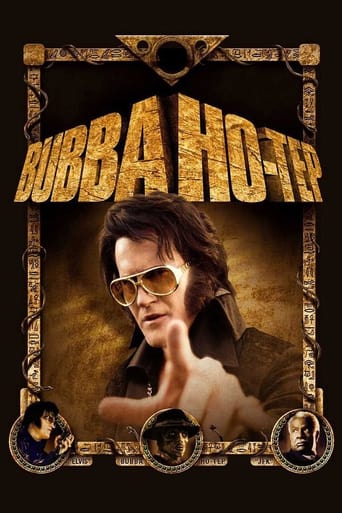
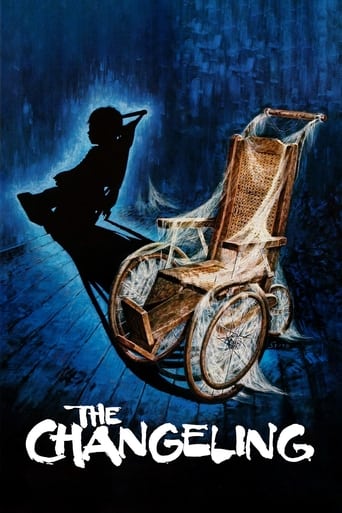
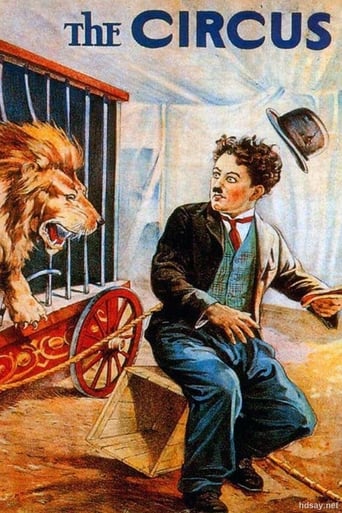
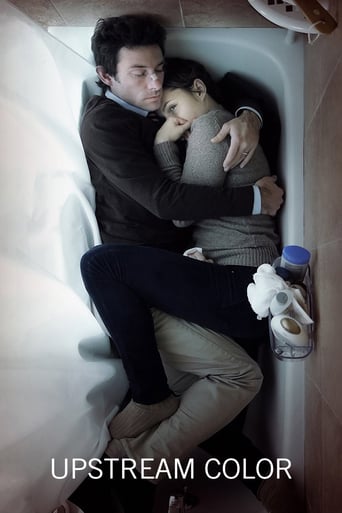
Reviews
That was an excellent one.
Thanks for the memories!
Great Film overall
I cannot think of one single thing that I would change about this film. The acting is incomparable, the directing deft, and the writing poignantly brilliant.
I will take this to my grave as the best film I've ever known and it will now and always be my absolute favorite - as well as Conrad Veidt now becoming my all time favorite actor in history. He is an astonishingly handsome depiction for Gwynplaine. Even with that goofy grin, it is still apparent how good looking of a man Gwynplaine was. Conrad Veidt's ability to emote using just his eyes is incredible. He is so moving in this film! There is no denying how Gwynplaine feels at any point in time because of this incredible actor. I was also surprised to find out that this character was the original inspiration for the - now so popular - "Joker". I always liked the Joker for some reason. Harley Quinn has always been my favorite, but I do deeply love this "clown-like" character with no sense of evil or mischievousness. He is just such a sweetheart.Warning - Possible Spoiler: I am overjoyed that this film did not keep with the original ending written by Victor Hugo. What a miserable man.
The reason i got to this film was because the Joker from Batman was inspired by Conrad Veidt's character in this film! By god, he did look so much like the Joker, he has the smile, make up, anything you can think so creepily. However Gwynplaine wasn't evil, he was more of a romantic and a sweetheart. Definitely, himself and Dea were a marvellous couple! At the same time, i had to give this a 6 because:1. When the characters were speaking, the textboard just said a sentence, it didn't pick up much of what they were saying to one another or even to themselves! I know this is 1920's we're talking about but, they should've got every line on what the characters had said! 2. It was too long for a silent film in my opinion. I think if they kept it to one hour and 28 minutes, it would've been sufficient!3.You could hear the background noises but you cant hear the voices of the characters?! It really doesn't make sense to me why they left the voices out when there was actually noise in this!I would call this an OK movie but it could've done a lot better tbh.................
One of the things I noticed in viewing this was the tight editing. There is little wasted space. Many of the silent films are presented in jerky photographic moments, with the actors emoting and letting us figure out their motivations. This one begins with a sad event. A revolutionary pays the price of his life for not respecting James II. In addition to his execution, his little son is surgically altered to have a perpetual smile, to become the subject of ridicule, seeming to be laughing. The little boy is cast aside by the Gypsies that did this to him and on his journey finds a dead mother clutching a little baby girl. He seeks refuge in the home of a poet and this launches him on a career as a kind of freak actor. The little girl grows to be a beautiful woman, but she is blind. He feels great love for her, but is afraid that other women either hate him or pity him. He becomes a great celebrity, but is submerged in loneliness and depression, having to go in front of audiences each day to be a clown. Mixed into all this is the fact that he is heir to a great position and becomes a threat to the aristocracy and to the Queen. How this is all sorted out is utterly captivating. There is a little Les Miserables and a little Elephant Man in his portrayal. A truly remarkable film.
Conrad Veidt stars in the movie based on Victor Hugo's novel, L'Homme qui rit. In this silent film, a boy is sold by the King of England to "comprachicos," a word made up by Hugo to represent people who buy children to deform them for the amusement of noblemen and crowds at carnivals. The boy is Gwynplaine (played by Conrad Veidt). Abandoned by the comprachicos, Gwynplaine and an infant girl find shelter with a traveling mountebank Hugo has called Ursus (played by Cesare Gravina) and his pet Homo the wolf (played by Zimbo the dog). The infant grows up to be a beautiful blind blonde they call Dea.*Gwynplaine is cruelly deformed by the comprachicos - his mouth is surgically altered into a permanent grin. Although Veidt may be best remembered as Major Strasser in "Casablanca," a role in which he appeared suitably dissolute, Veidt was a very attractive young man. His appearance here is bizarre because of the character's deformity, a deformity which makes Gwynplaine the object of ridicule and laughter, except of course to Dea, who cannot see him as he looks, but only as he really is. She falls in love with him, naturally; and just as naturally, Gwynplaine cannot accept her love because of his appearance: she'd laugh at him, too, if she could see him.It turns out eventually that Gwynplaine is the sole heir to a dukedom; King James murdered Gwynplaine's father and sold (or dontated) Gwynplaine to the comprachicos, and they abandoned him as a child. Queen Anne came to the throne, and in this story the Queen had it in for a duchess who lived in Gwynplaine's former estate. Gwynplaine is discovered, and the Queen restores Gwynplaine to his estate and orders the duchess to marry him. Gwynplaine is a laughing stock of his peers, of course, so he declines the offer, resigns his peerage, and takes it on the lam. The queen is incensed by his refusal to obey her commands, and she sends the beefeaters after him.Unfortunately, this is the only action in the movie. We know he'll escape to Dea and they'll live happily ever after, but the chase provides some much-needed interest. Most of the film shows us Gwynplaine in his misery, failing to make him sympathetic, heroic, or much of anything else. Produced by Universal, "The Man Who Laughs" was supposed to follow in the footsteps of its popular predecessors, "The Hunchback of Notre Dame" and "Phantom of the Opera," both of which starred Lon Chaney."The Man Who Laughs" was directed by the German Expressionist Paul Leni, who chose Veidt as his star since Chaney was unavailable. Leni's Expressionistic tendencies are obvious throughout the film in both set design and lighting. Unfortunately, American audiences failed to appreciate the look of the movie, and it was not a commercial success. I suspect the unsympathetic hero was also to blame. In "The Hunchback of Notre Dame," for example, Chaney's Quasimodo is a figure of horror, but still the audience roots for him and wishes Esmeralda would fall for him. Here we have no clue at all why Dea would love Gwynplaine. Gwynplaine fails entirely to interest us, much less to engage our sympathies. The reasons to see "The Man Who Laughs" have little to do with the story. Gwynplaine's appearance in "The Man Who Laughs" was the inspiration the Batman comic book villain, The Joker. Heath Ledger's character The Joker in 2008's "The Dark Knight" says his disfigurement was caused by intentional mutilation, a reference to Gwynplaine.Perhaps more important, the design of the movie was based on German expressionism. "The Cabinet of Dr. Caligari" is probably the most famous expressionist film, and it too stars Conrad Veidt who plays Cesare, the Somnambulist - another sideshow freak under the control of a mountebank. Although "The Man Who Laughs" was made in America by Universal Pictures, producer Carl Laemmle had been impressed with a German movie "Waxworks" and called on its director, German Paul Leni, to direct "The Man Who Laughs." The influence of expressionism on Leni is clear in the set and lighting designs, and this influence was not well received by American audiences who thought the lighting too dark and the sets too Germanic to be England. Later reviews of "The Man Who Laughs" praise it for its visual style, if not for its content. Leni was well-known in Germany for his works, and his American debut "The Cat and the Canary" was very well-received.Coming at the end of the Twenties, the movie also came at the end of the Silents. Its release was held up a year so that Universal could couple it with sound of a sort: a music sound track and some sound effects were added, although there was no attempt at coupling sound with the dialogue - the title cards were left in to convey the dialogue.Veidt himself is also of interest. He played Cesare, the Somnambulist in "The Cabinet of Dr. Caligari" and starred in Leni's film "Waxworks." Gwynplaine is a more difficult role because the immobility of his disfigured face prevents Veidt from doing much more than emoting with his eyebrows. Veidt seems to lack Chaney's talent for wringing pity from American audiences no matter what the make up was.*Hugo has a method to his naming. Ursus of course means bear, and Homo means man; Dea means goddess (Dea was played by Mary Philbin). There the method leaves me, as I cannot divine the meaning behind Gwynplaine (which may mean pale plane - or maybe not).
Top Streaming Movies











